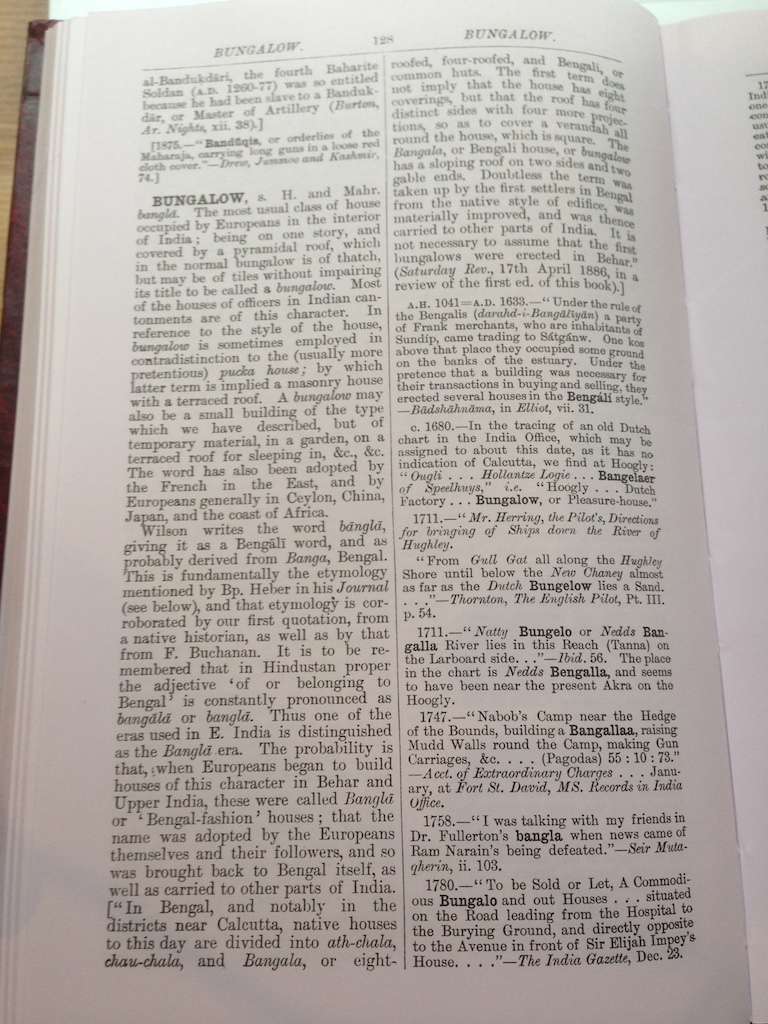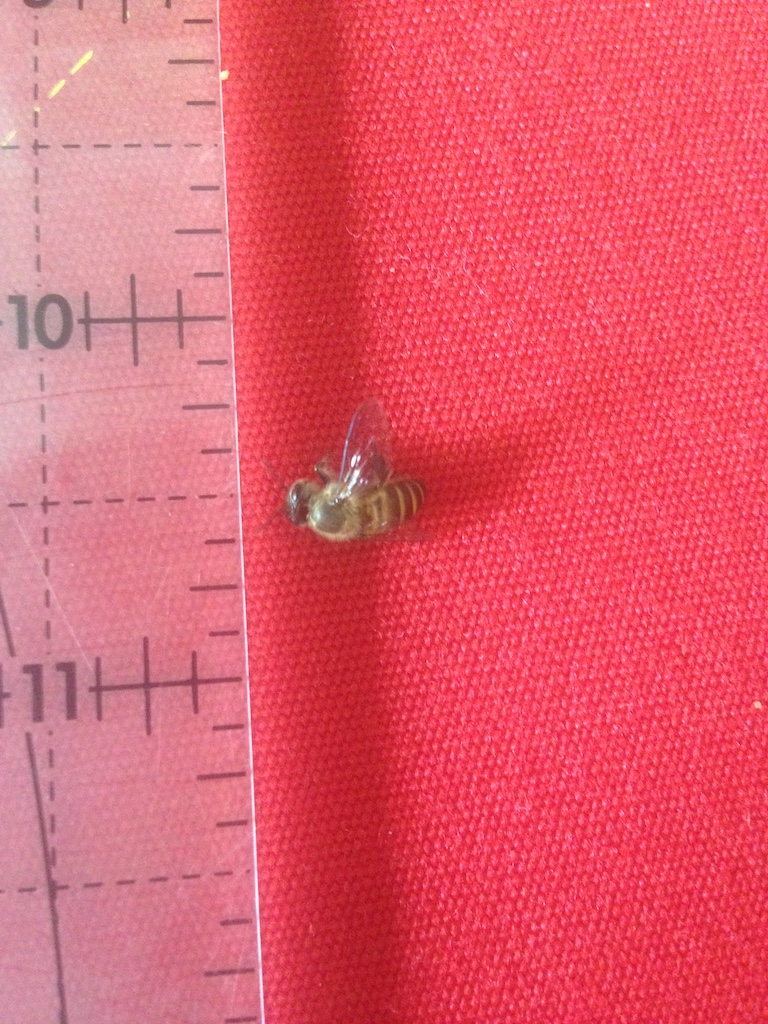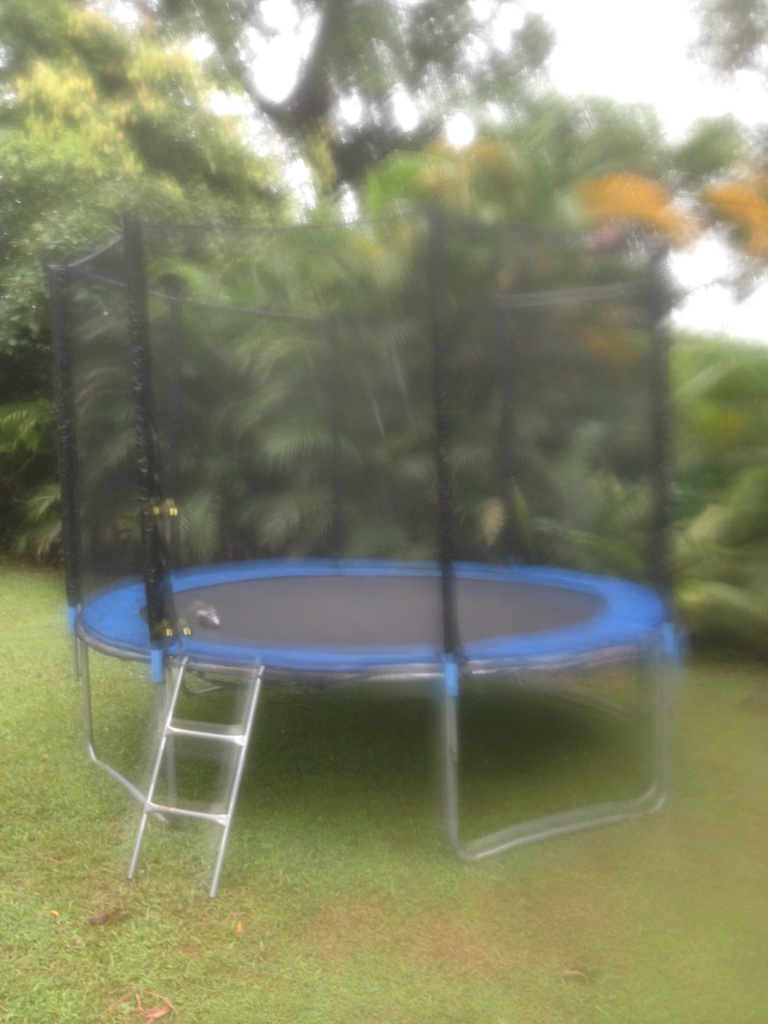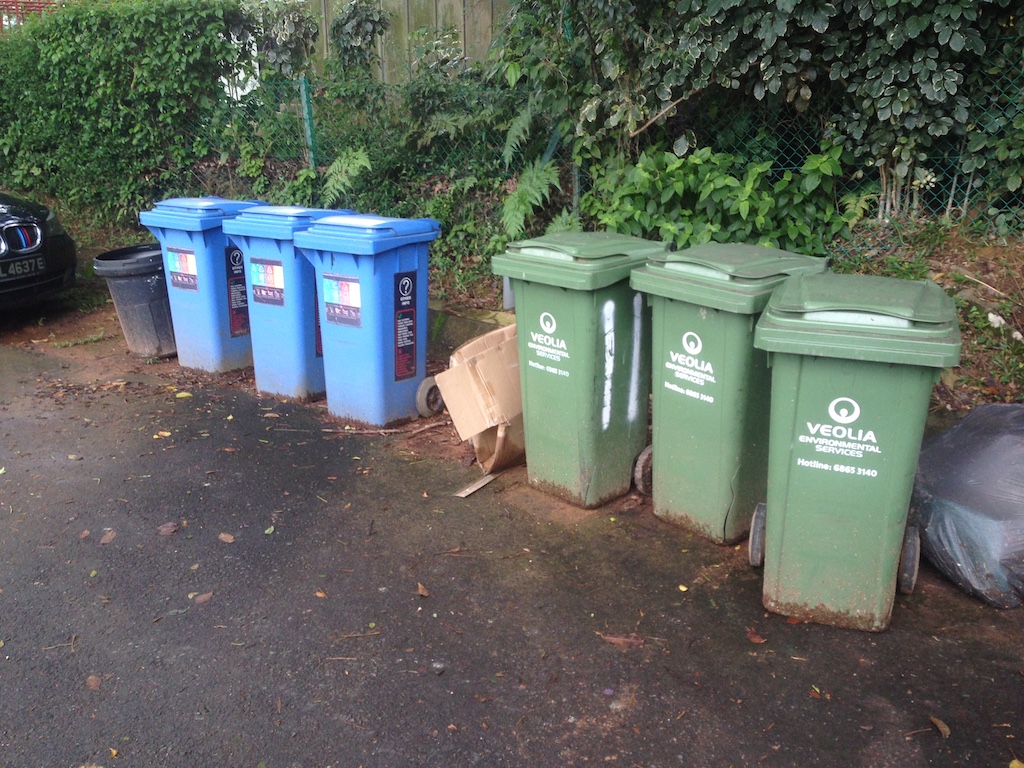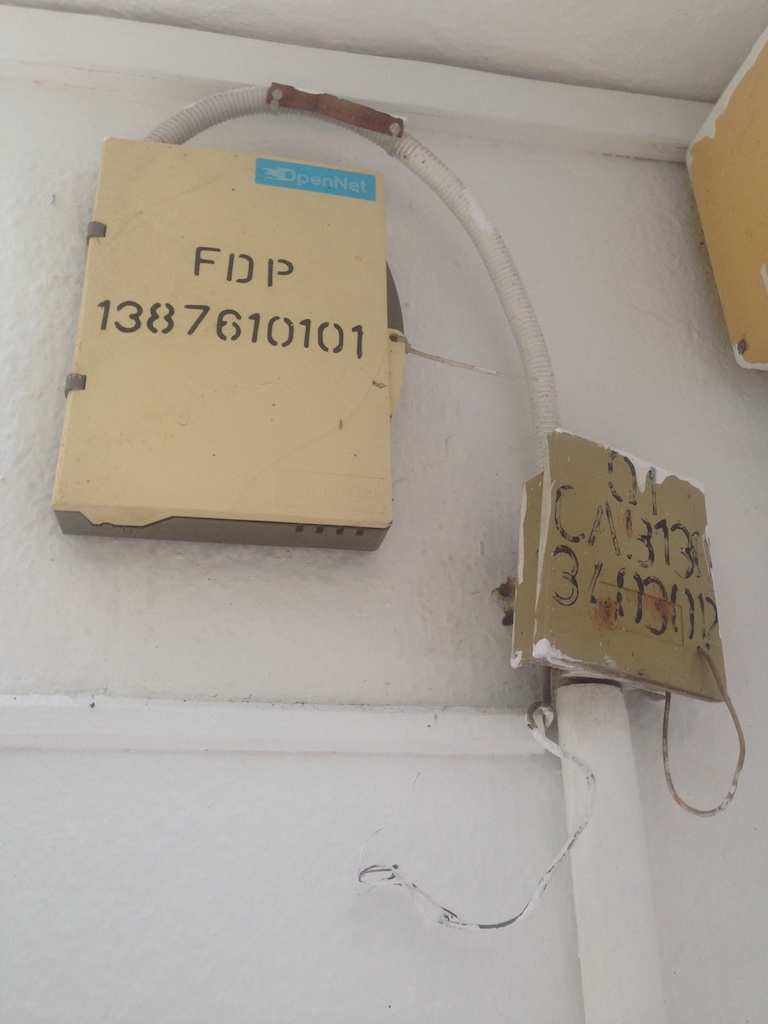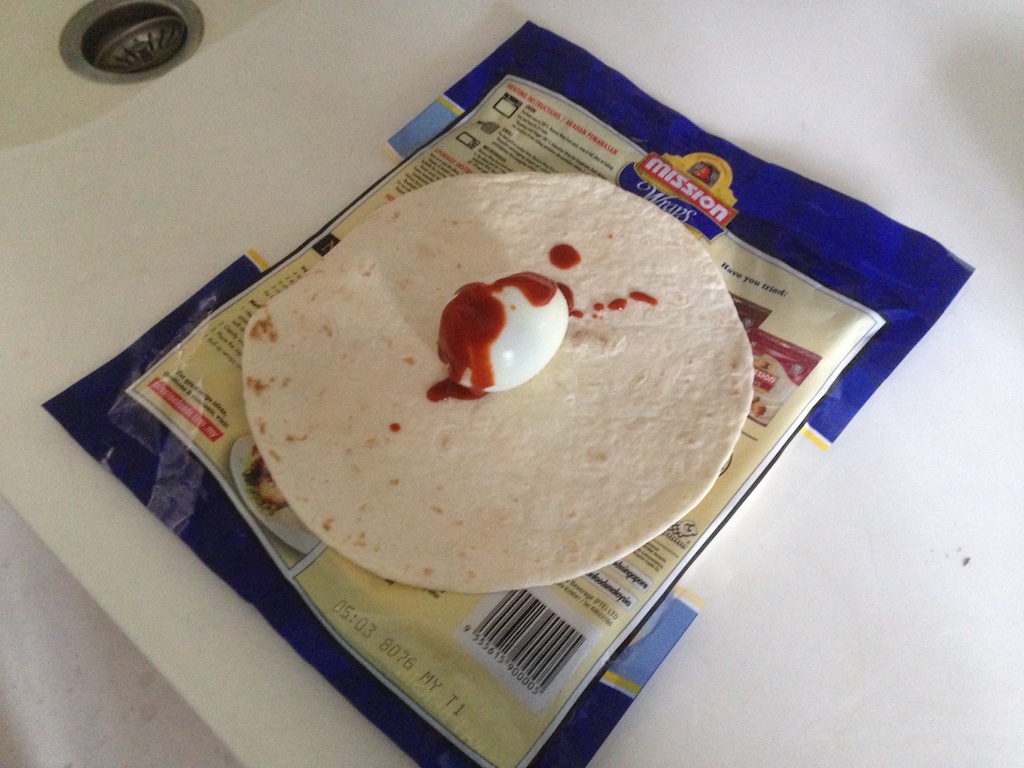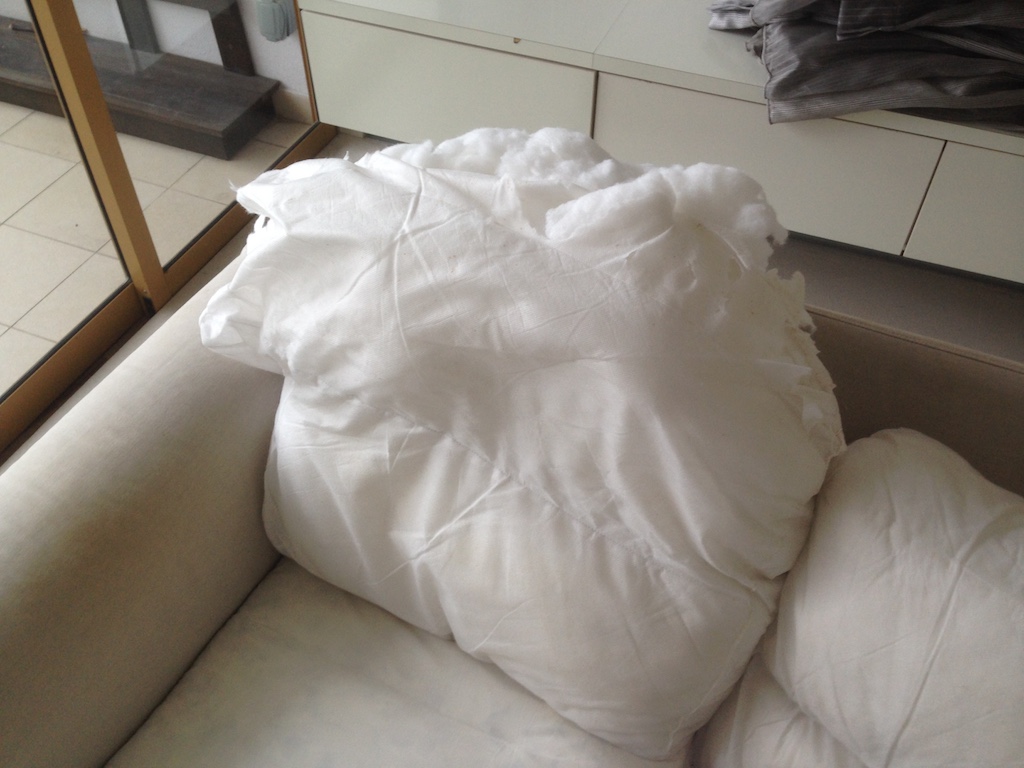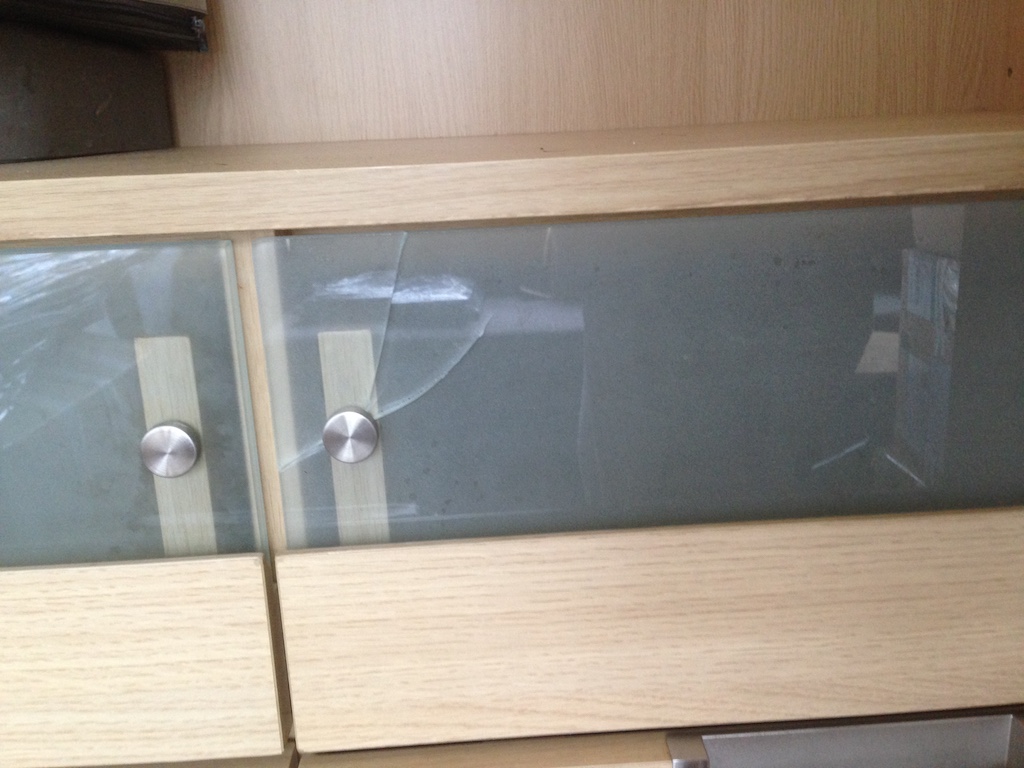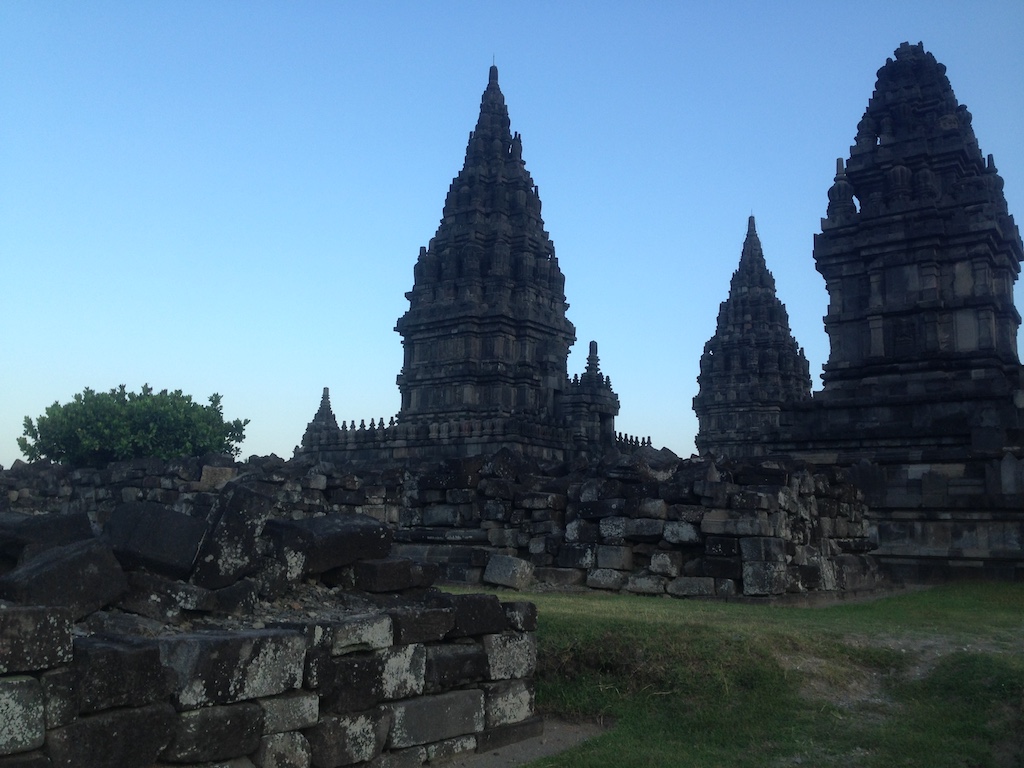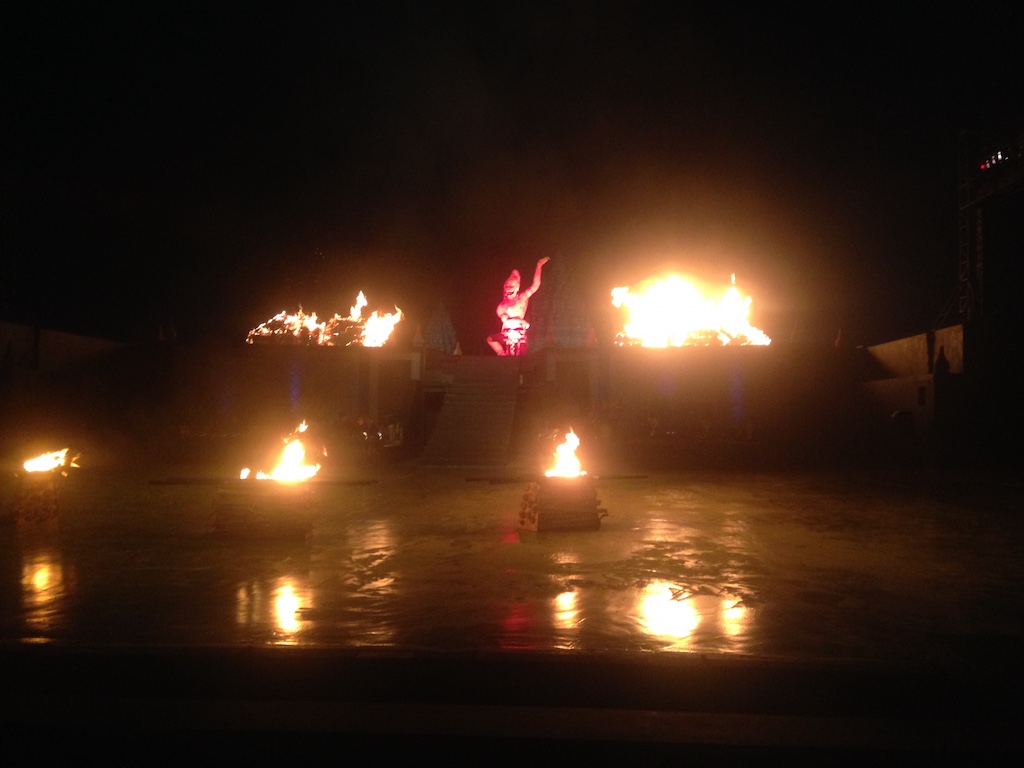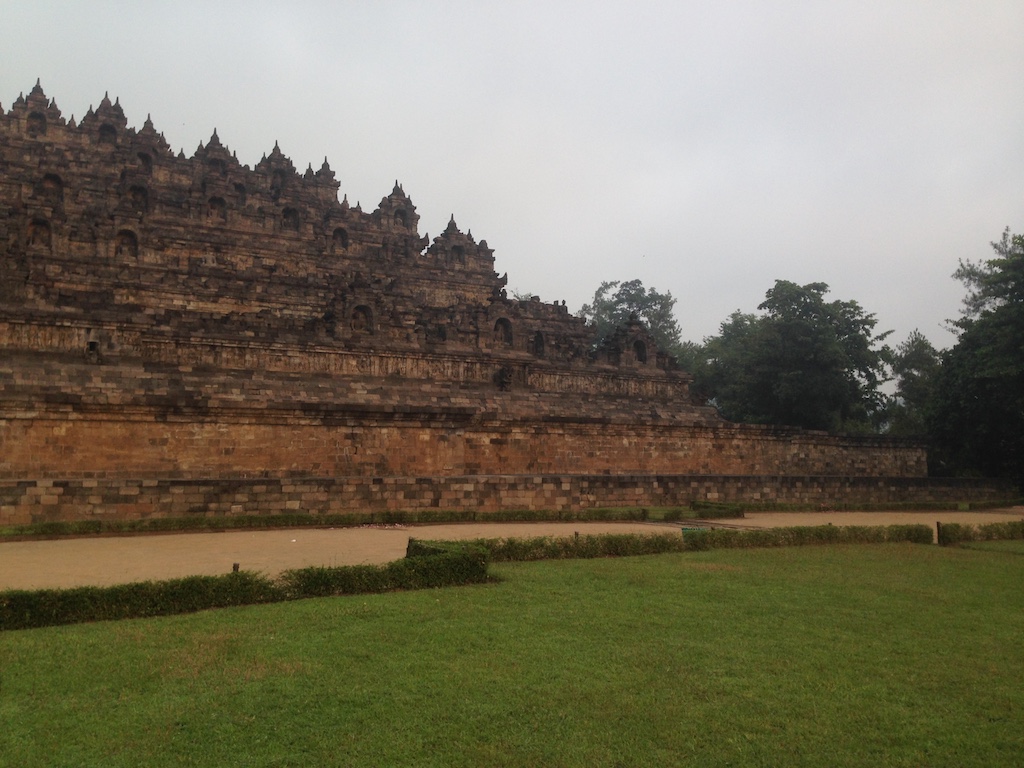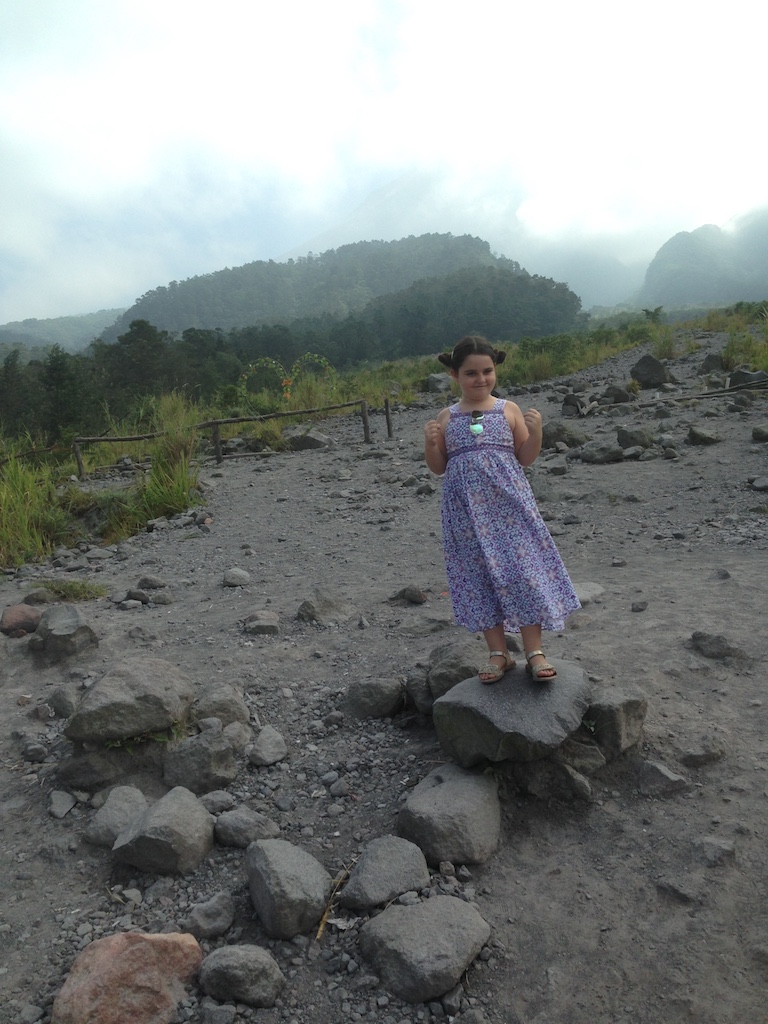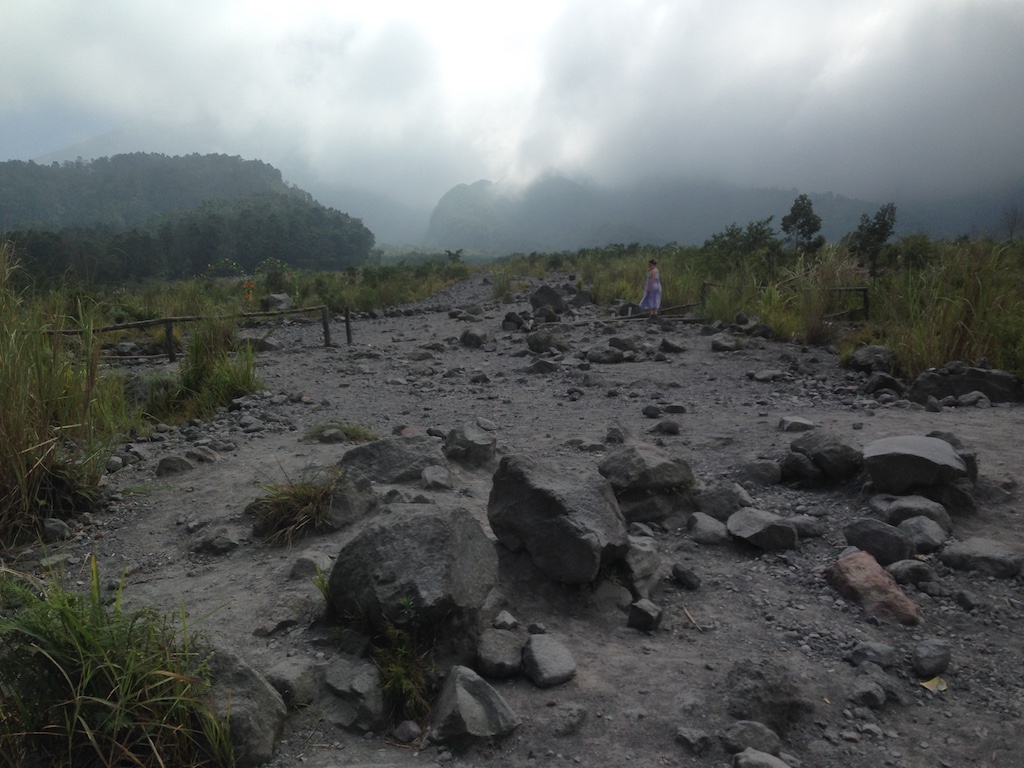So we moved. We were living in a condo which was so boring that we never even mentioned it here, I think. We have moved into a house that is near Kim’s school; you can, weirdly, see a picture of it here, though the cricket pitch has been removed.
This is a more exciting house than before – it is what is called here a black-and-white. It is also, properly speaking, a bungalow, sensu stricto. The Hobson Jobson explains the etymology of that word:
I don’t know exactly when out house was built, but the British were building them in Malaya in the 1920s to house officers and whoever else needed houses. The Japanese took them over during WWII, and then the Singaporean government acquired most of them after the Japanese left. They are kept up in traditional style, which basically means that the management company slathers layers and layers of black and white paint all over everything. There are a fair number of these houses available: Singaporeans are sensible and don’t want to live in them because they are full of snakes and ghosts. Here is what the back of the house looks like:
I don’t remember why I took that picture. But moving has been eventful! Here are some pictures. We woke up the first few days and discovered that the house was full of bees. The neighbor assured me that these were Singaporeans bees that don’t sting but that is not actually true (that they sting – they probably are Singaporean bees). Here is what the bees in question look like:
We called the people in charge of the place to tell them the house was full of bees, and they wondered if we had somehow filled in with bees in our first few days. No. The bees were living in the roof, which is very high up:
What happened is that the sent a guy over to look at the bees. He decided to deal with them in the Singaporean fashion, which means putting a can of bugspray on a stick and hoisting it up to the bee hive:
This killed all the bees in the corner (as shown in the first picture). But the bees regrouped and two days later there was another swarm of bees coming from under the roof about ten feet down. Another guy came and killed those bees (this time by going out on a balcony), but he assured us that it was all one massive bee hive under the roof tiles and that there would be more bees, and that someone would come back with a plan. There have not been more bees; no one from the exterminators has returned.
We have a trampoline, which looks like this:
The humidity is maybe too much for my telephone. Here is what it looks like with a small child on it:
I took the trampoline apart and put it back together and somewhat astoundingly it has not fallen apart even when a huge number of children were jumping on it for Harriet’s birthday party. Also there is a swimming pool which is basically constantly being filled with leaves:
Harriet has that stuffed dinosaur not, as you might imagine, because of some assignment on the taxing responsibility of having a baby – I think they are supposed to be writing stories about their adventures? Anyway, cleaning the pool is still novel.
We now have a piano with built-in candlesticks, like it was waiting for Liberace to show up:
All of those boxes have somehow been unpacked, which is pretty close to a miracle. The movers took away some of the boxes, but then we had this enormous pile and we had to get a guy – very suspicious of my motives in having so many boxes – to come and cart it away because that is how Singapore works:
Also there was some drama as the neighbors had stolen our garbage can and we had to steal it back:
That has worked out so far. Here are the guys who made a rattan bed for us hoisting it up to the balcony because it wouldn’t fit through the stairs:
I have spent an immense amount of my time dealing with the local internet company trying to get us internet access here. It is too dumb to go into, but I have spent an immense amount of time in the offices of Starhub, trying to figure out exactly what the problem is. It turns out that once a long time ago someone was running a school out of this class, so it was not zoned for residential internet. Anyway, I took a lot of pictures of cable boxes so that various functionaries could figure out what was going on here:
(The perceptive observer will note how the renovators helpfully painted over some of the wires.)
Here is an extremely sad meal I had while dealing with movers:
Here is a very dead lizard who turned up while we were moving out of our old apartment:
Moving out of a Singaporean condo, for what it’s worth, is something I would not wish on my worst enemy. There appears to be no concept of depreciation in Singapore, or the idea of wear-and-tear, and the idea when you leave an apartment is that you have to return it to the exact state of decrepitude it came to you in. This is fiendishly complicated, especially if you have a small child who destroys things in passing. Cushions, it turns out, don’t stand up to the humidity in Singapore very well:
In the background of that, you can see our old curtains – Singapore tradition demands that curtains be dry-cleaned before you return them. It turned out we have 18 kilos of curtains, which seems like a lot? I don’t know. Also in the background of that: our movers managed to chip one of the old apartment’s cabinets, which we have to fix somehow or I guess buy the whole crummy apartment. The movers managed to break this glass-fronted drawer:
I did manage to find a glazier to replicate the broken glass panel and so this is now fixed.
It will probably be months before we have managed to extricate ourselves from the old apartment! But that is what we are up to lately.
